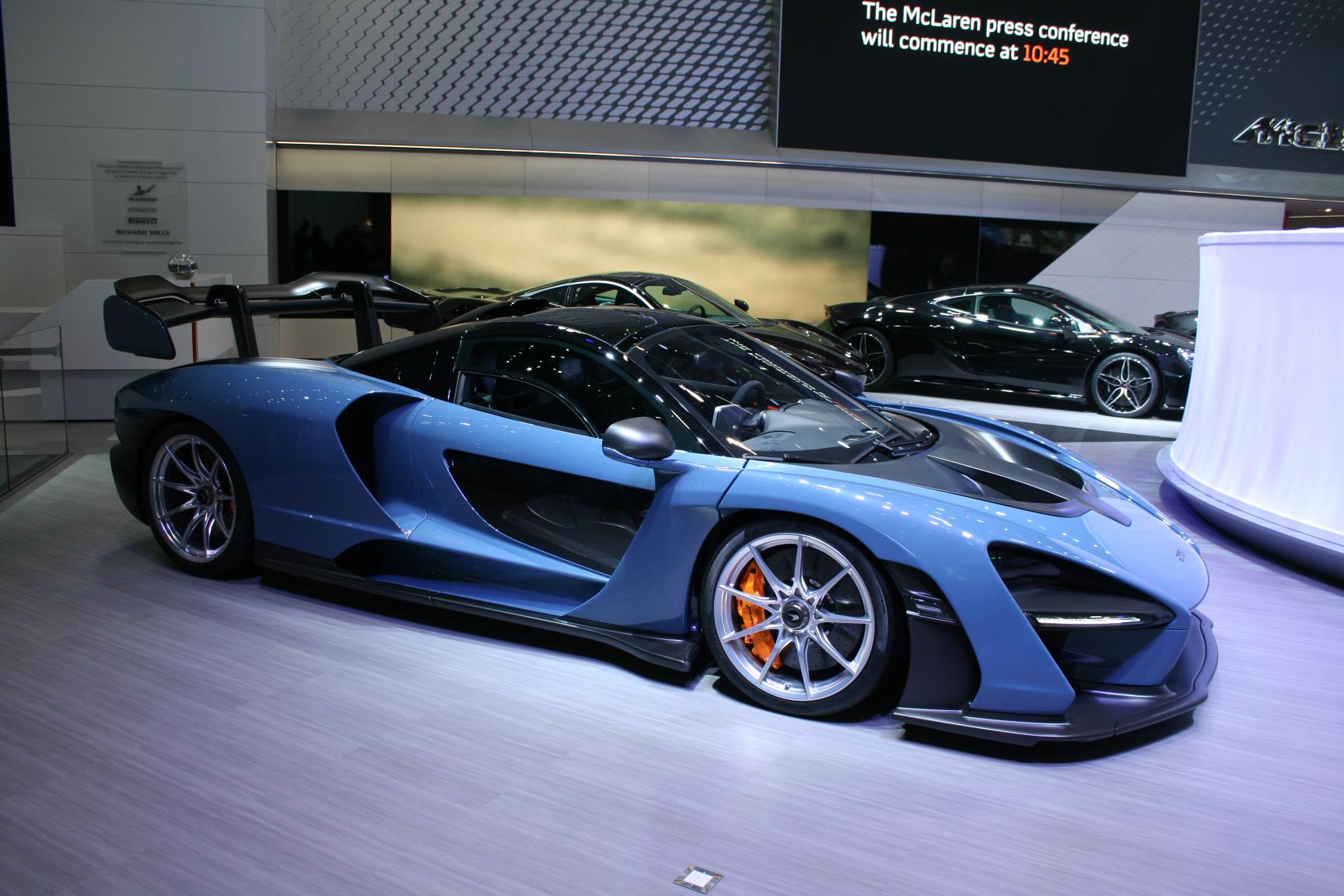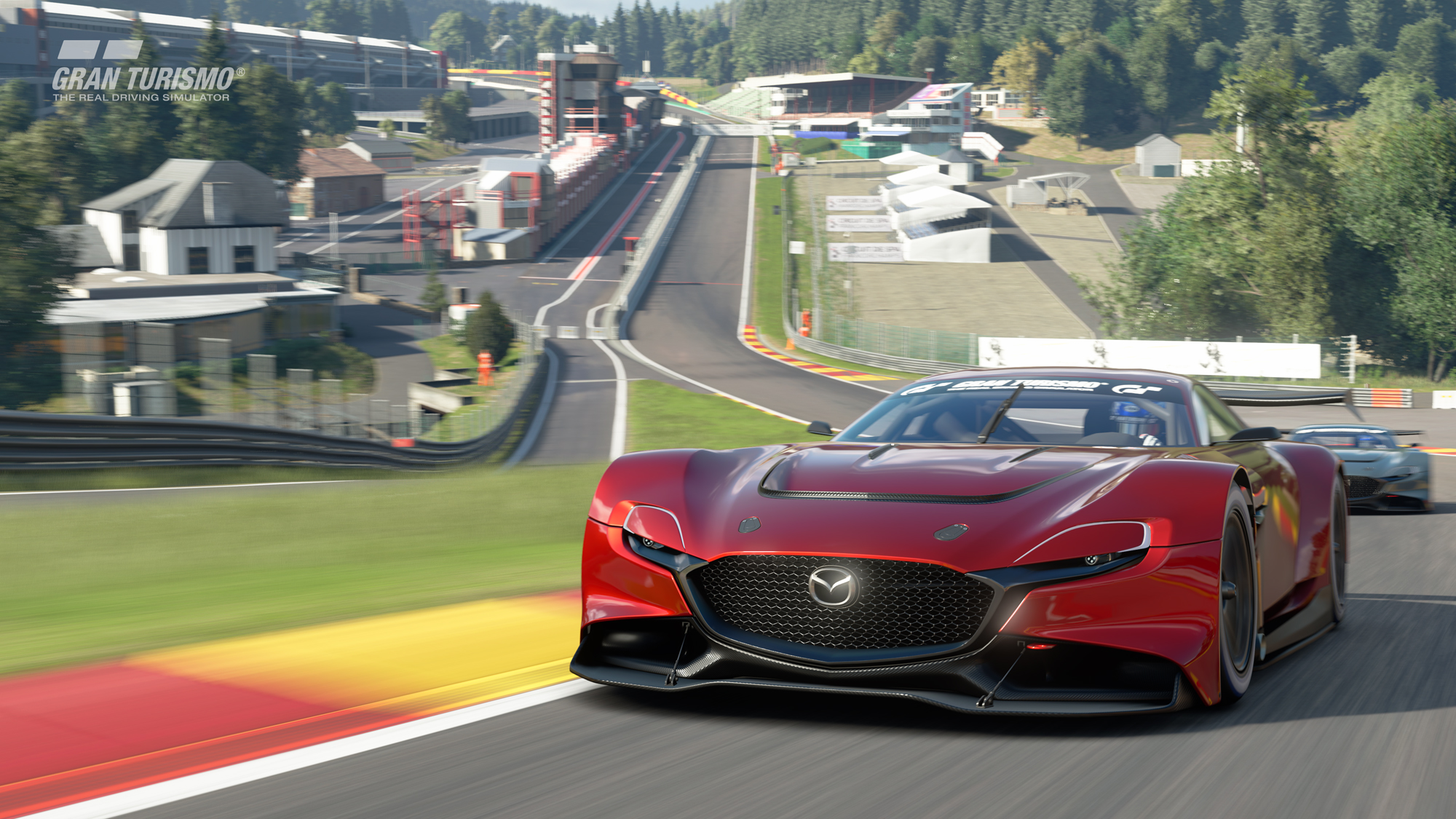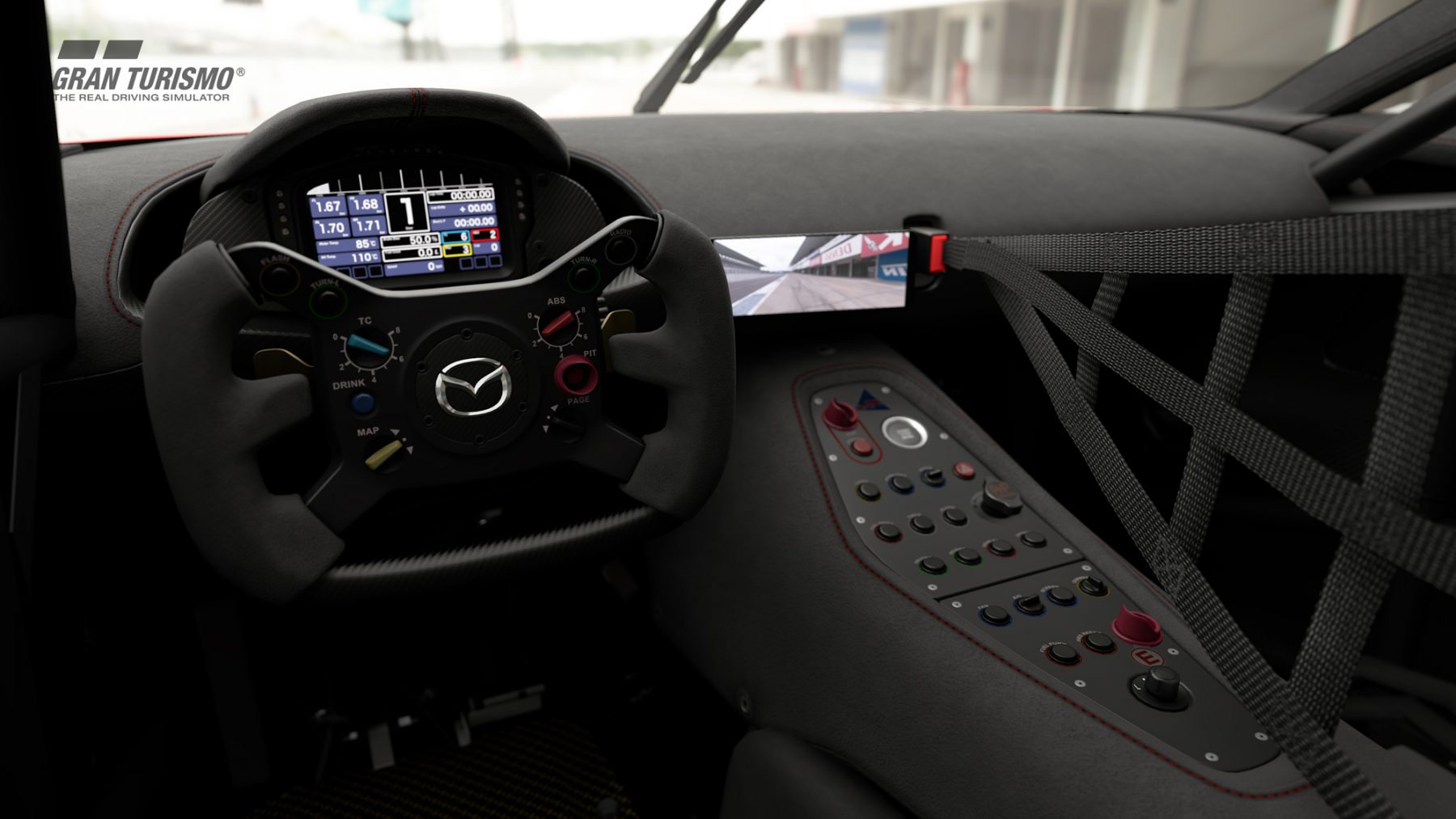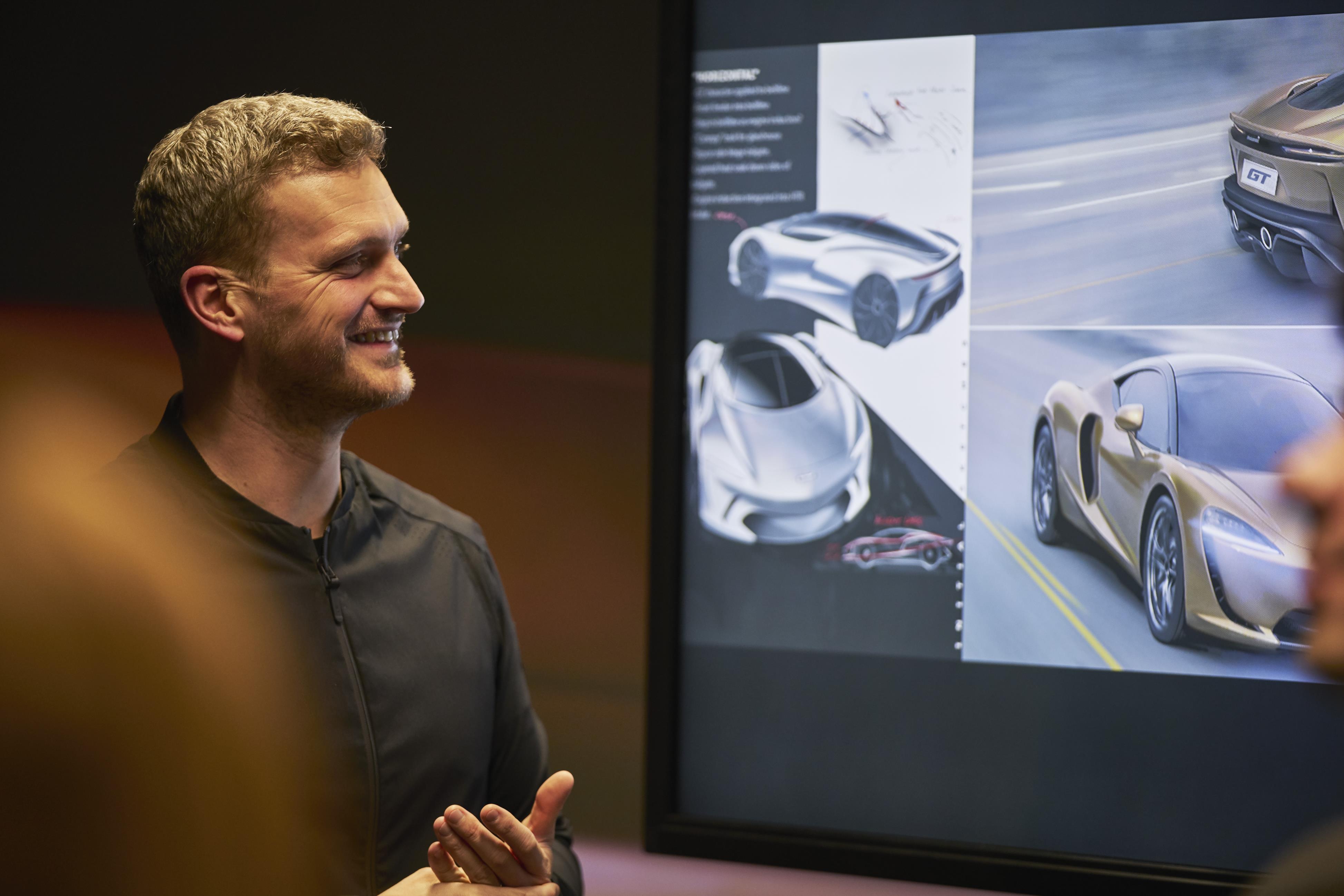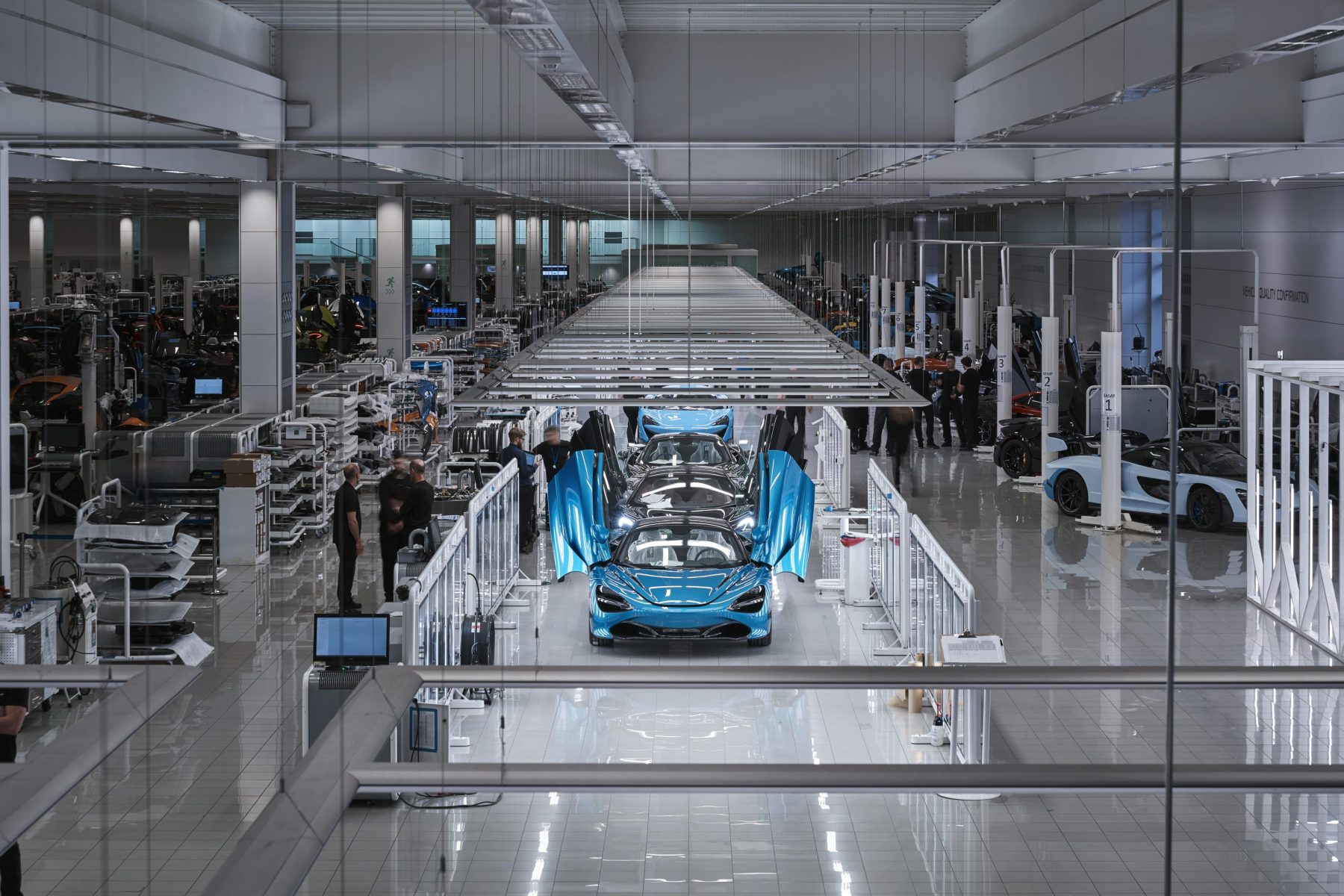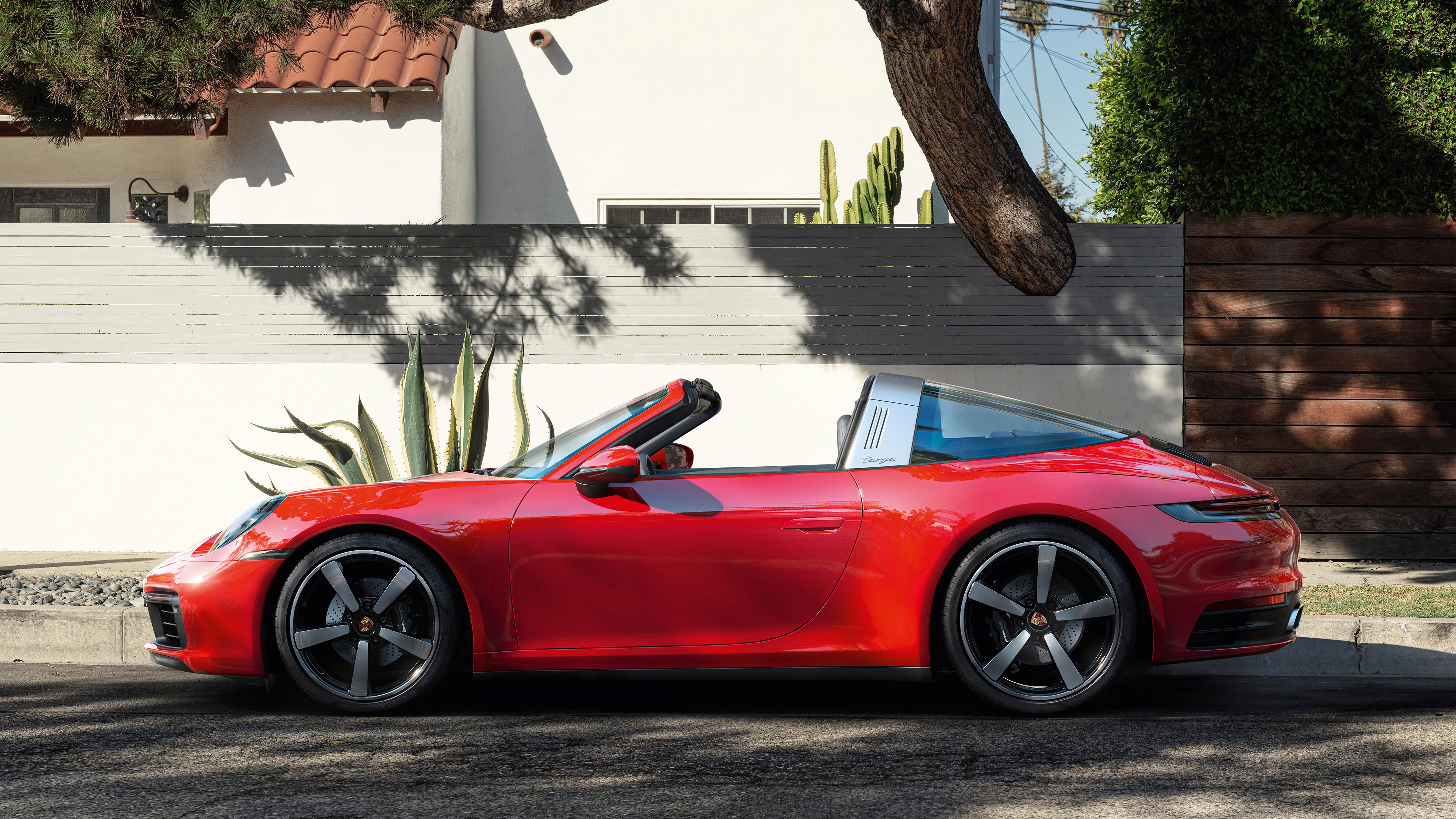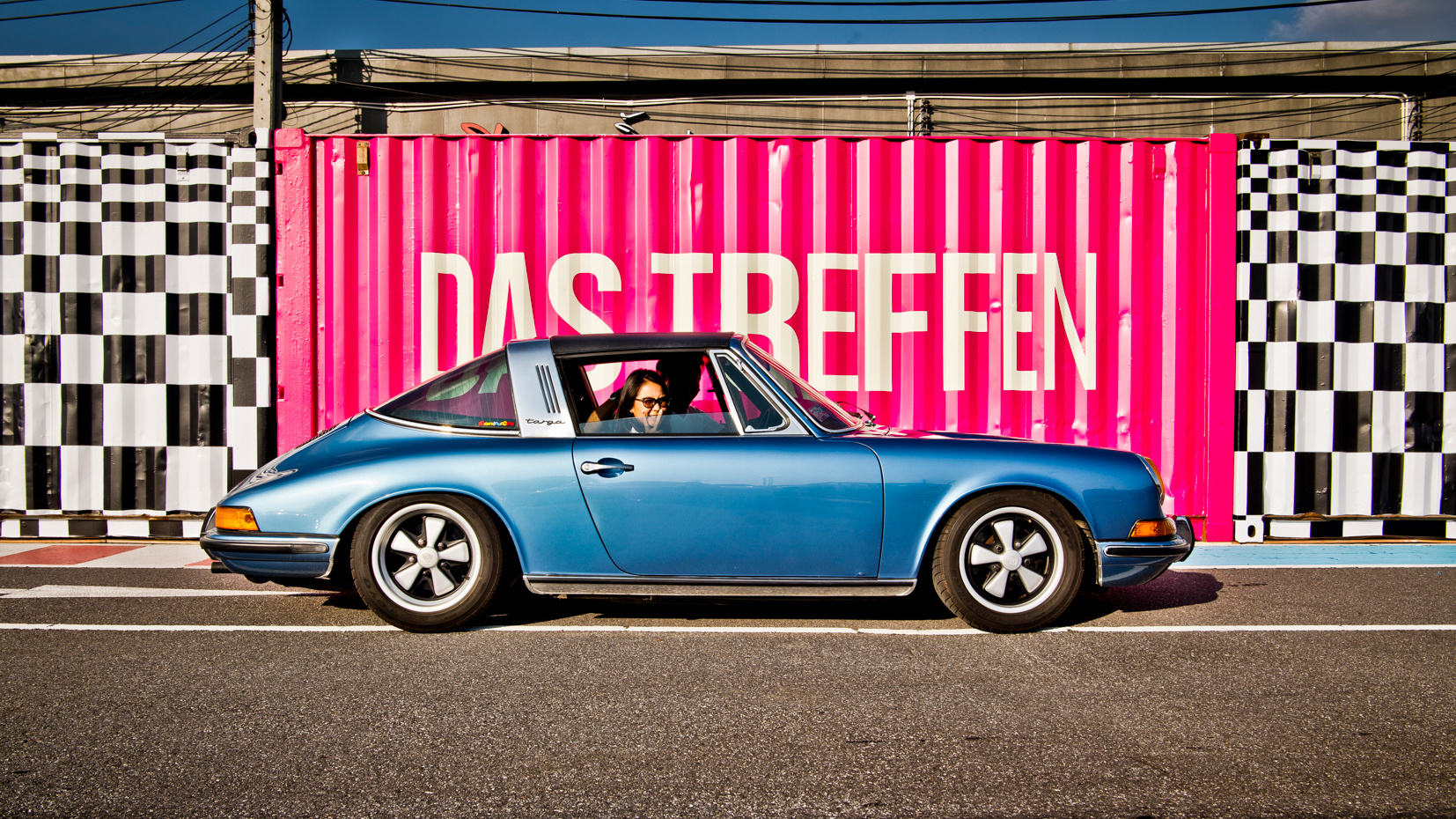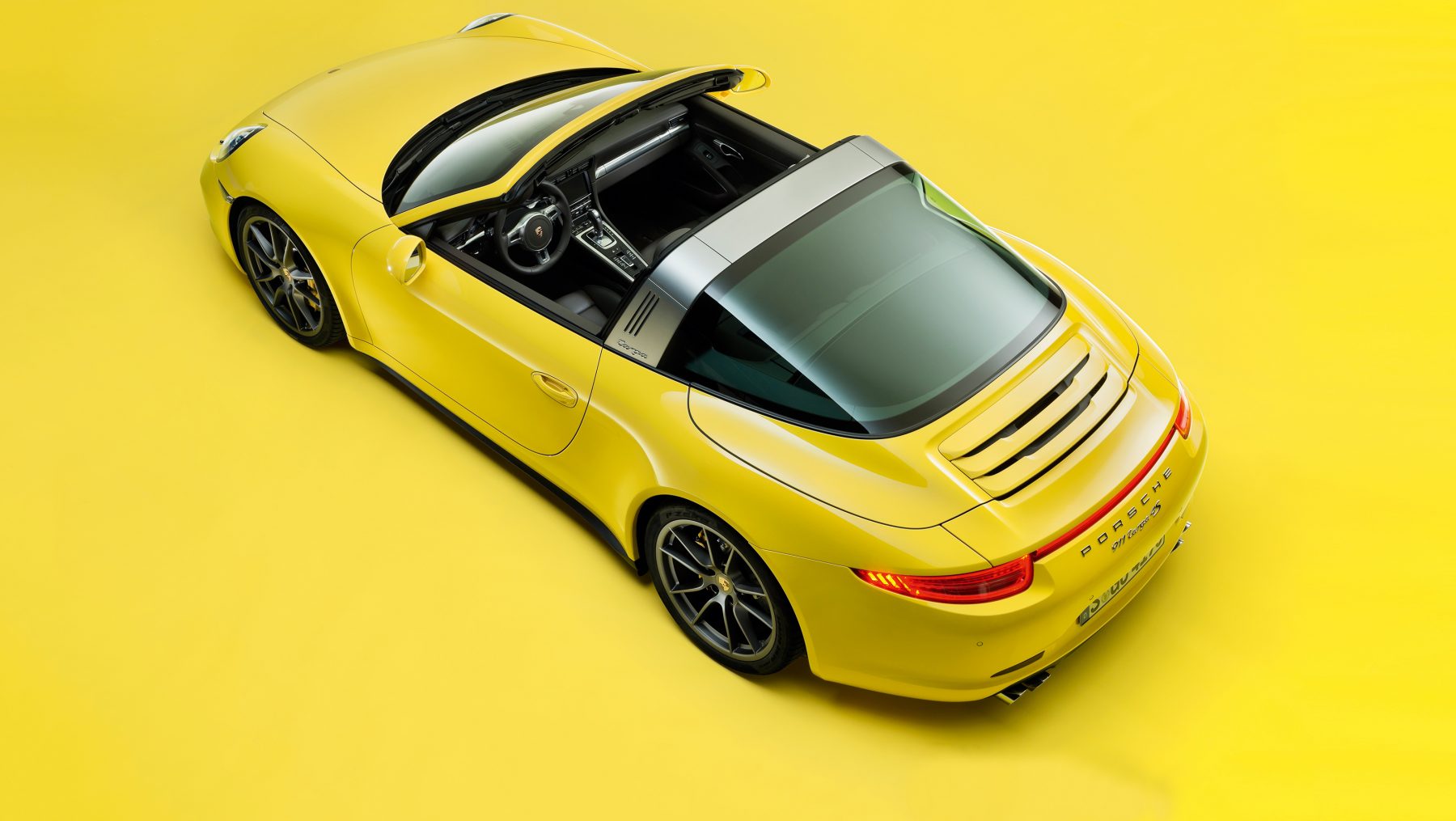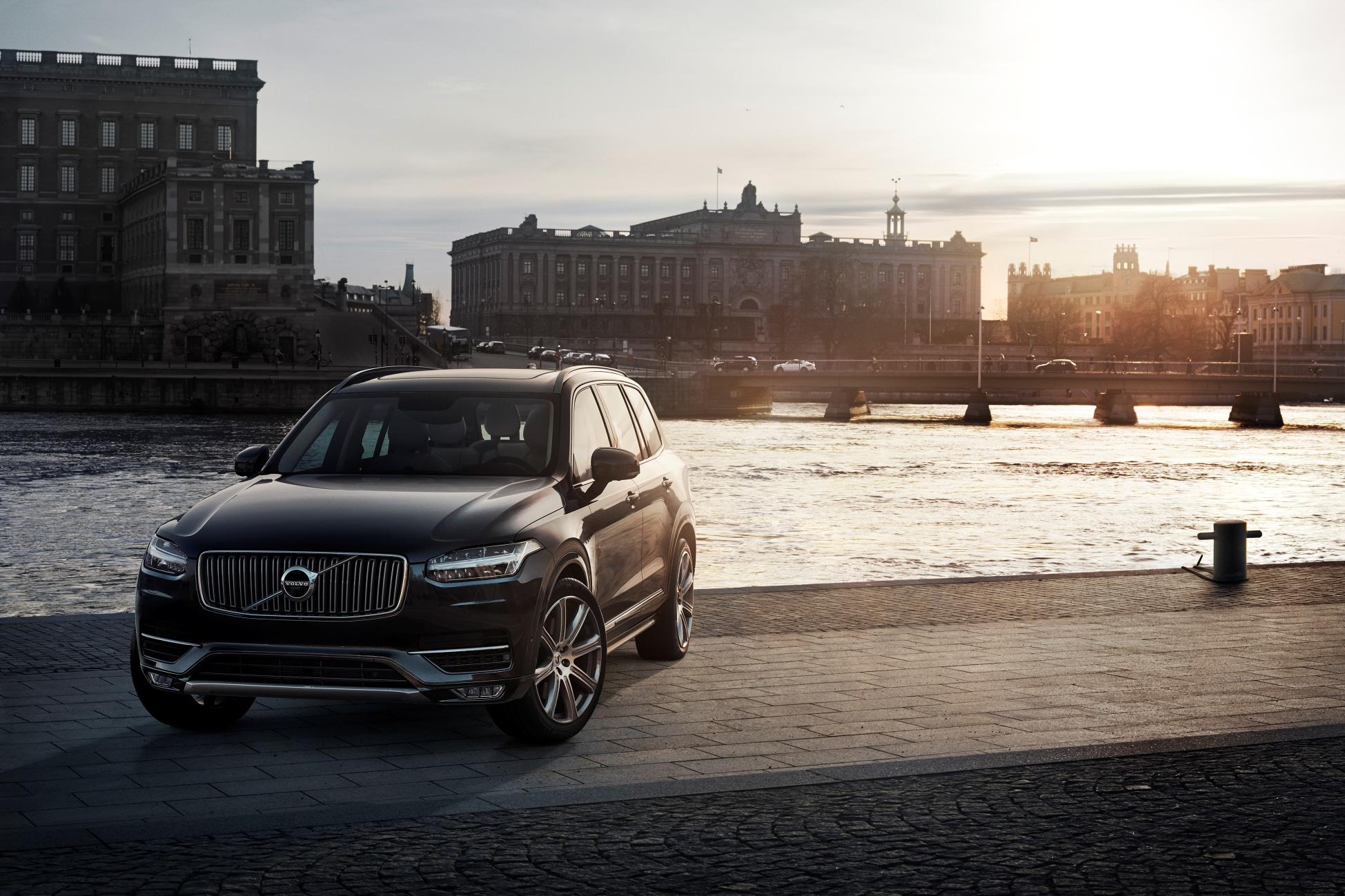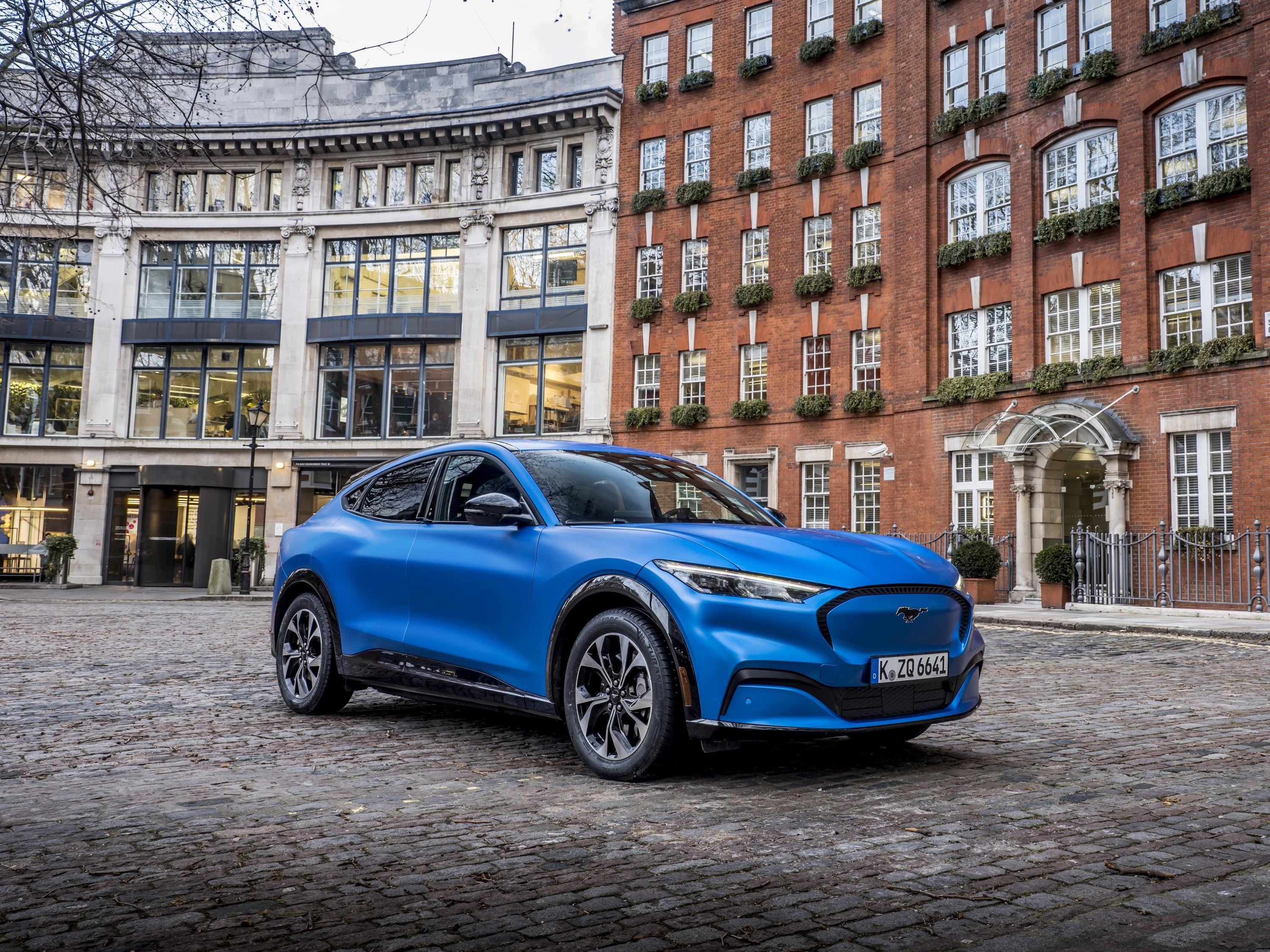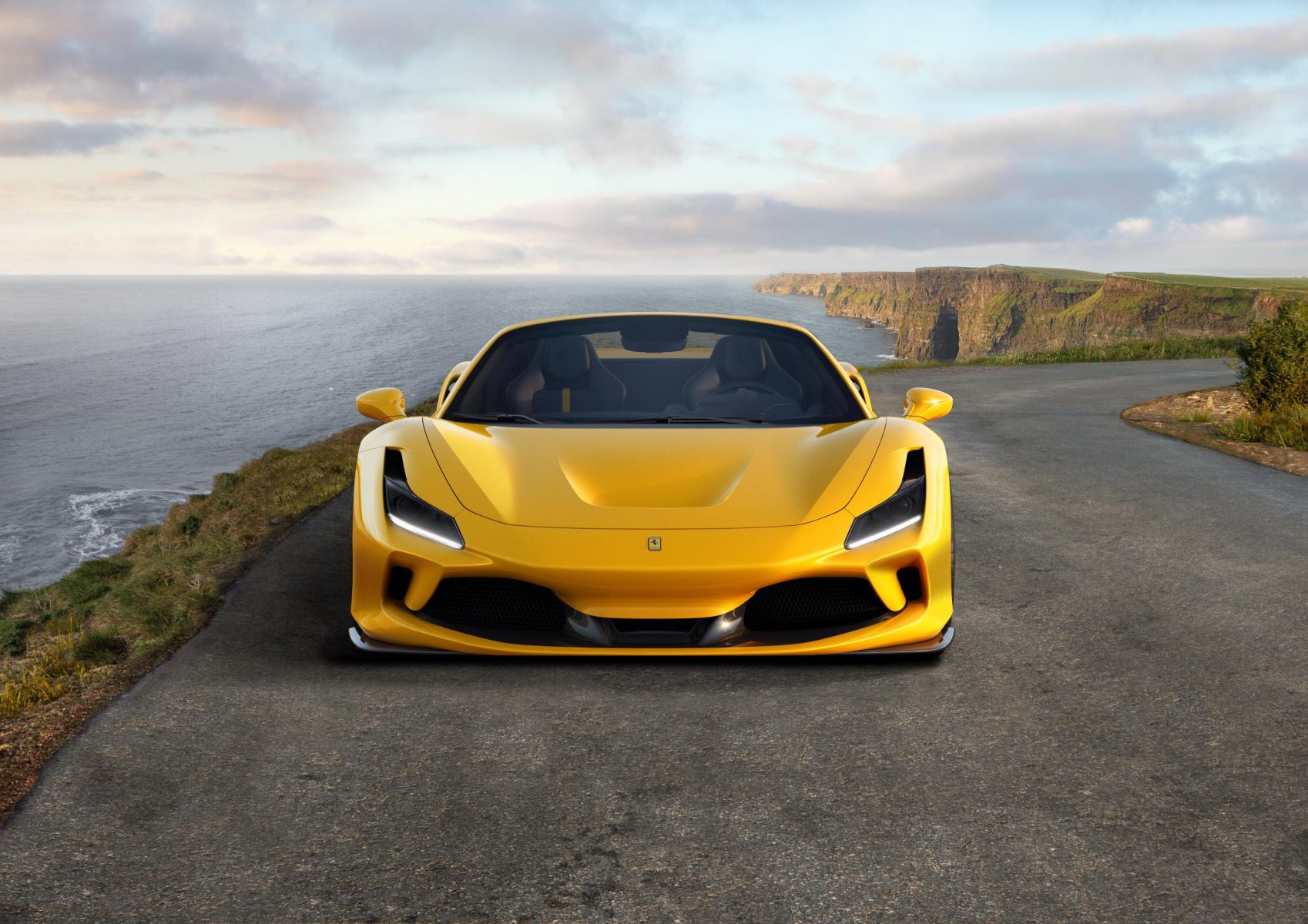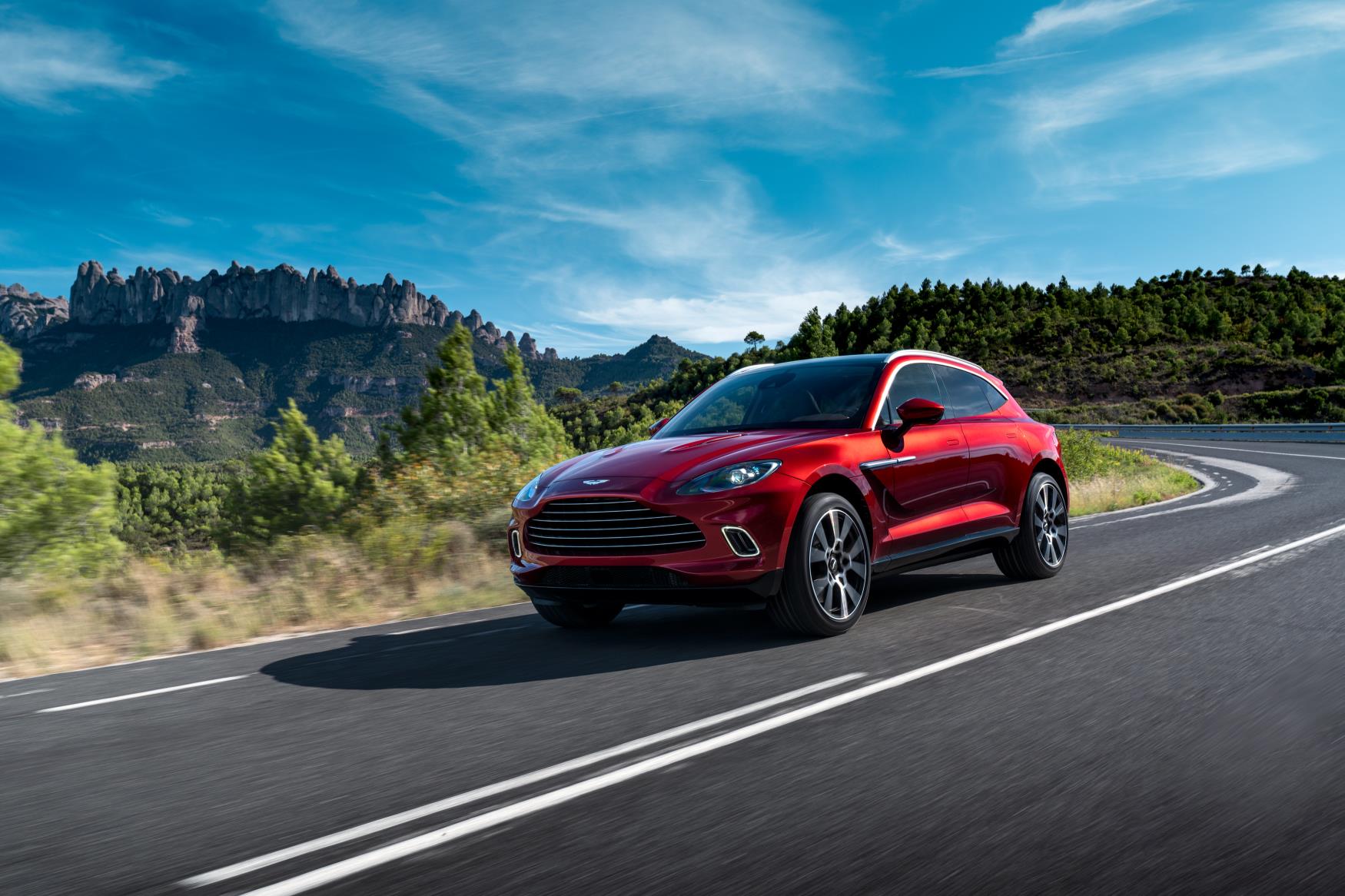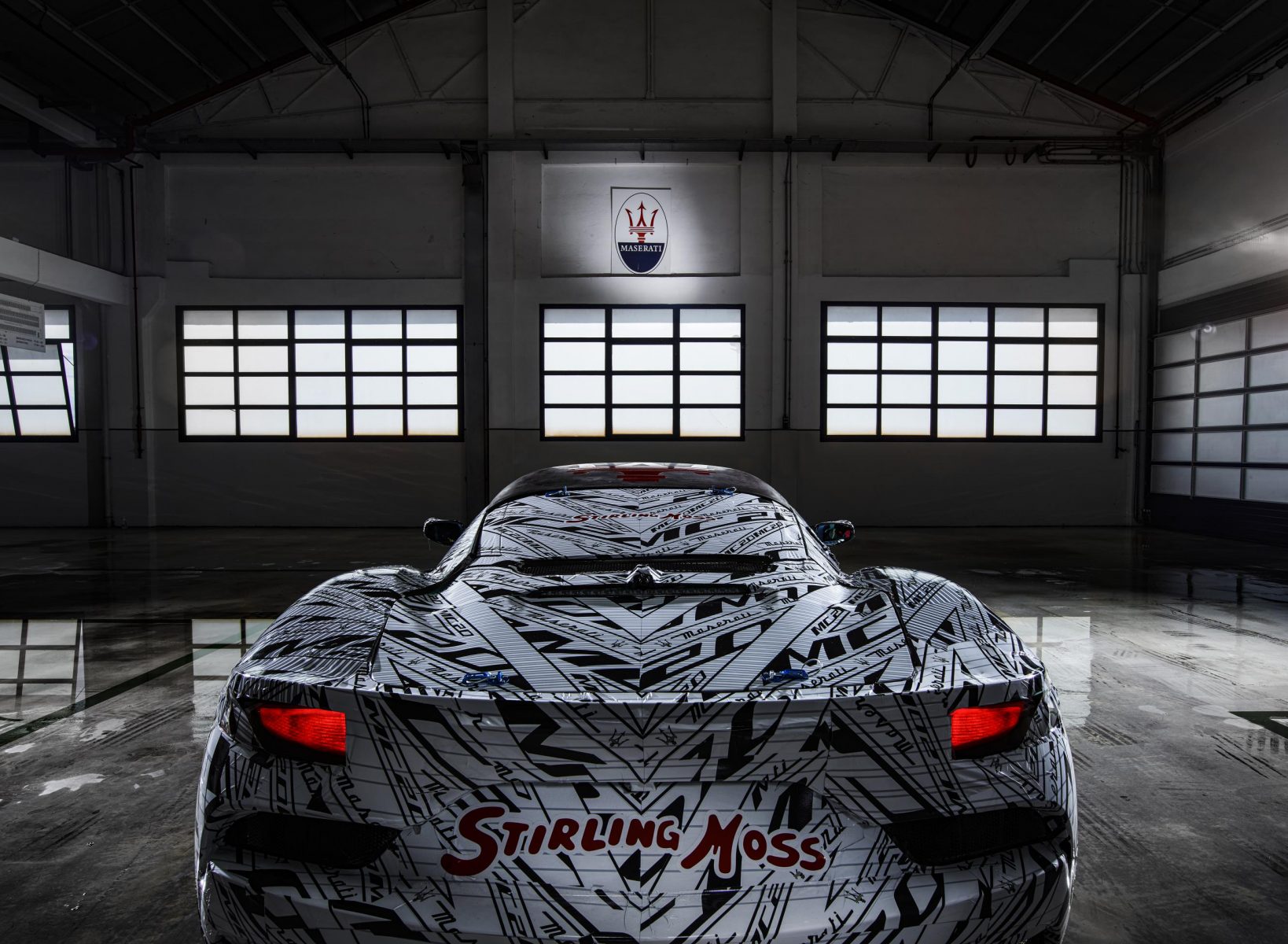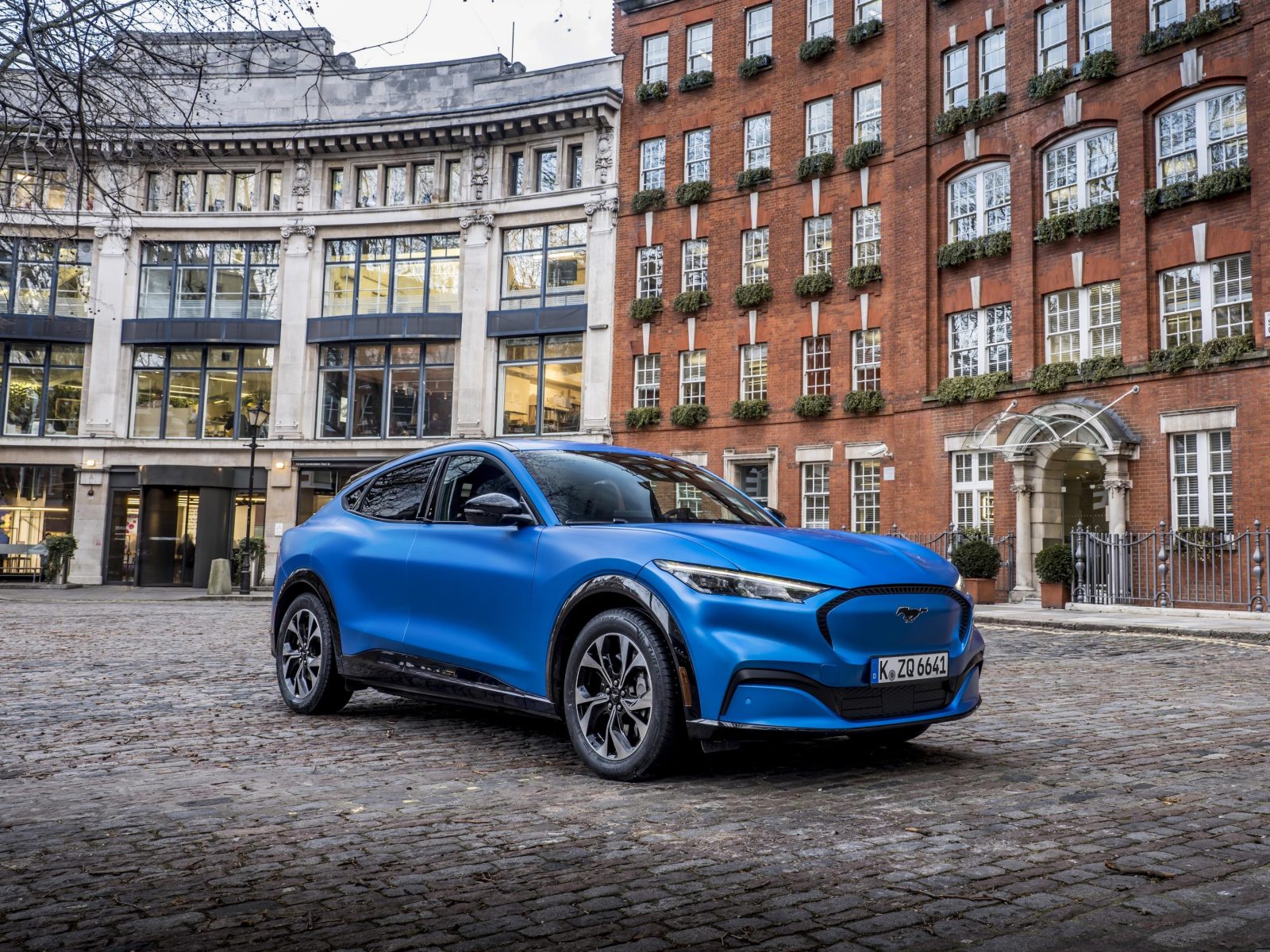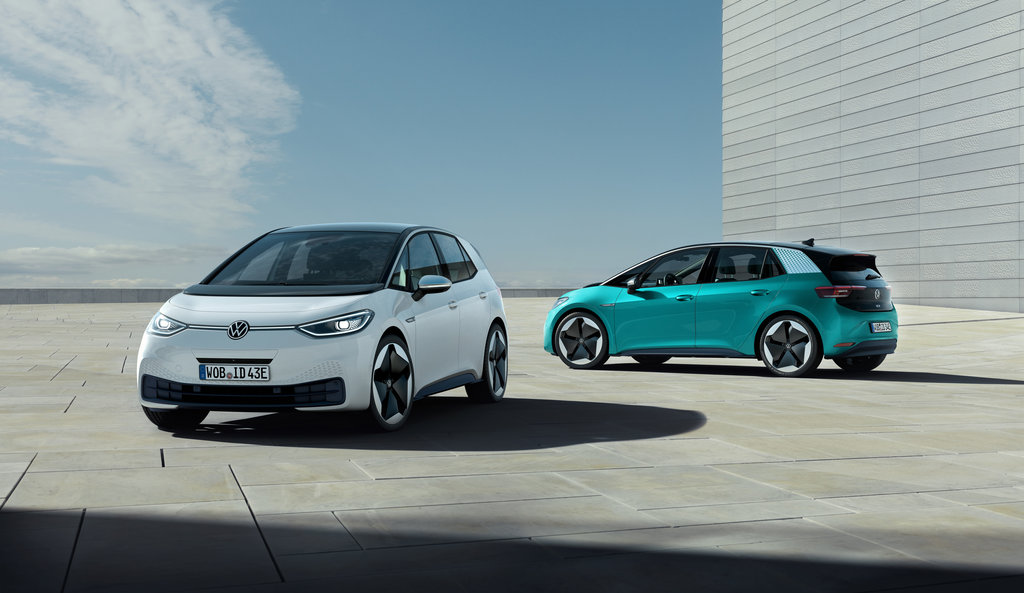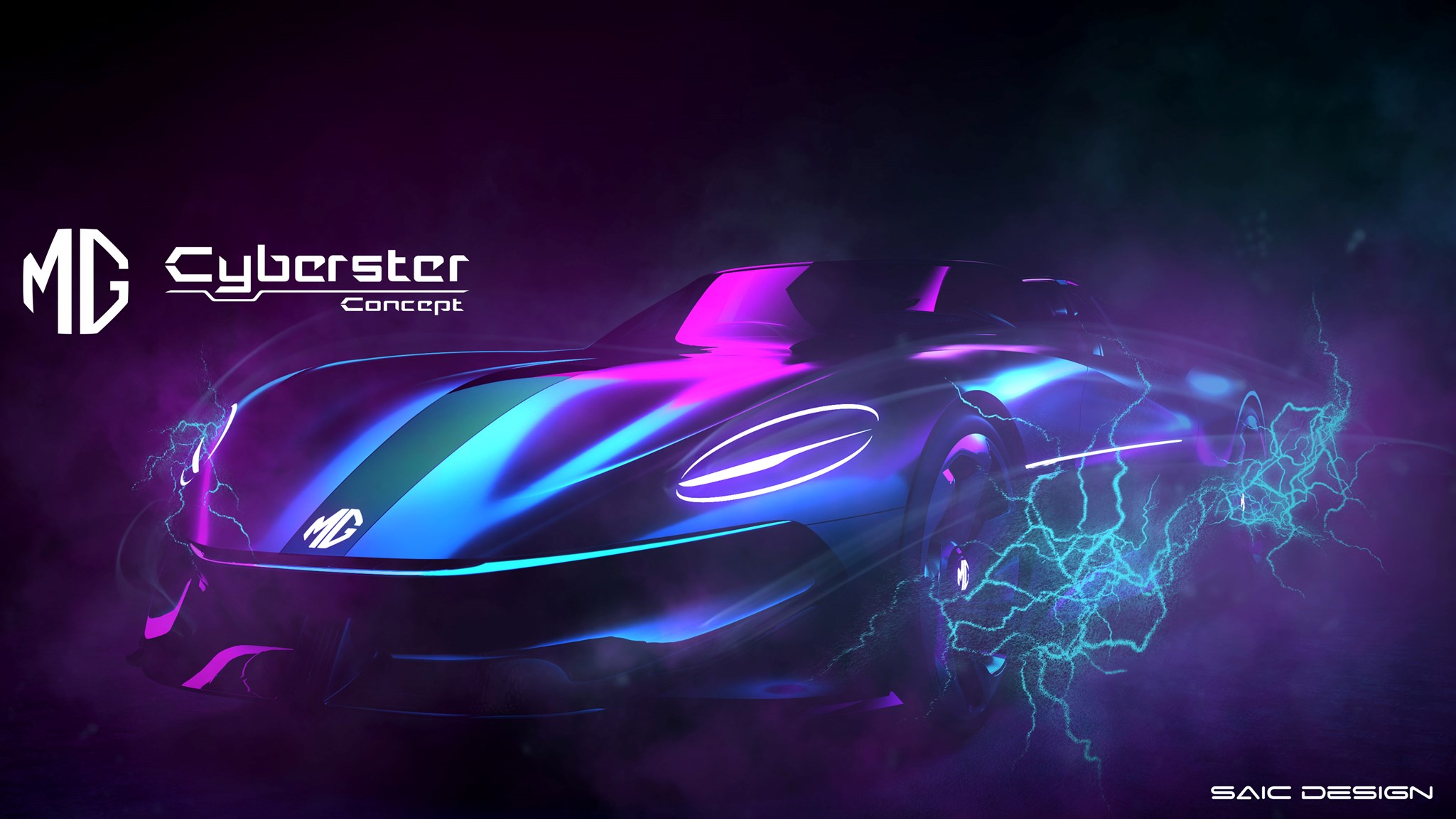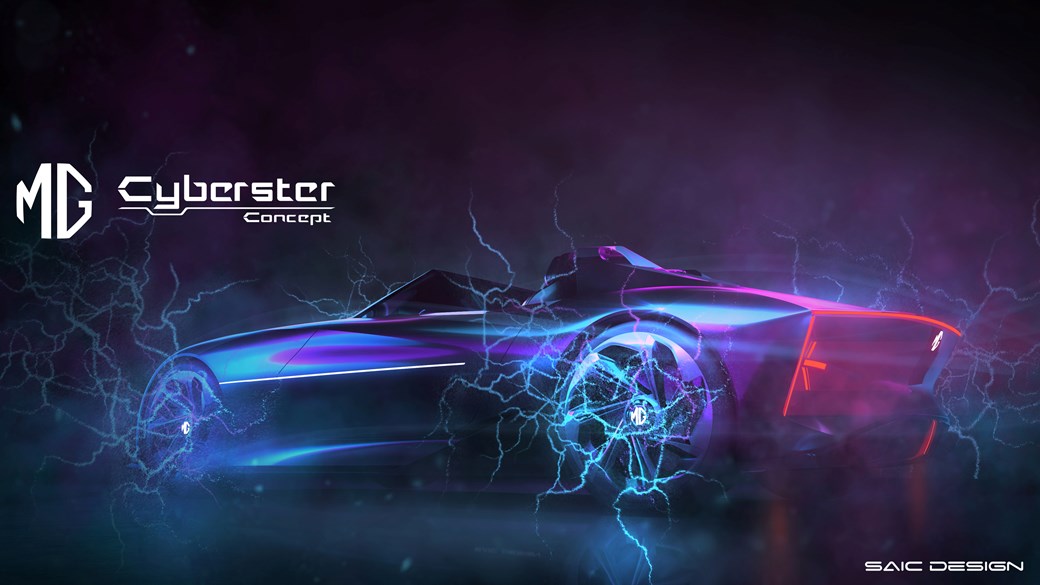For large families, sometimes a typical SUV just doesn’t provide enough space – for that, you might just need a seven seater.
There are plenty on the market, but they tend to be quite pricey because of their size. However, with a reasonable budget of £25,000 there are some genuinely brilliant cars available, with some premium models you might be surprised are within budget.
Here’s our pick of the bunch.
Land Rover Discovery

Affectionately referred to as Disco, this Land Rover is a premium product that’s well within our budget. While you can’t get the latest fifth-generation models, the handsome fourth-gen is certainly within reach.
While it’s not hugely spacious in the middle row, there’s more than enough room for children, while the rear seats will happily seat smaller kids in comfort even on longer journeys.
Volvo XC90

Perhaps the most appealing car in this list, the Volvo XC90’s smart new-generation models are within budget. Volvo has gone from being a mid-range brand to a genuine premium marque, and some of the stylish new versions introduced in late 2015 and 2016 are within budget.
Only being about four years old means they still look like the latest models, with the distinctive ‘Thor’s Hammer’ headlight design and minimalist interior. A truly fantastic deal.
Seat Tarraco
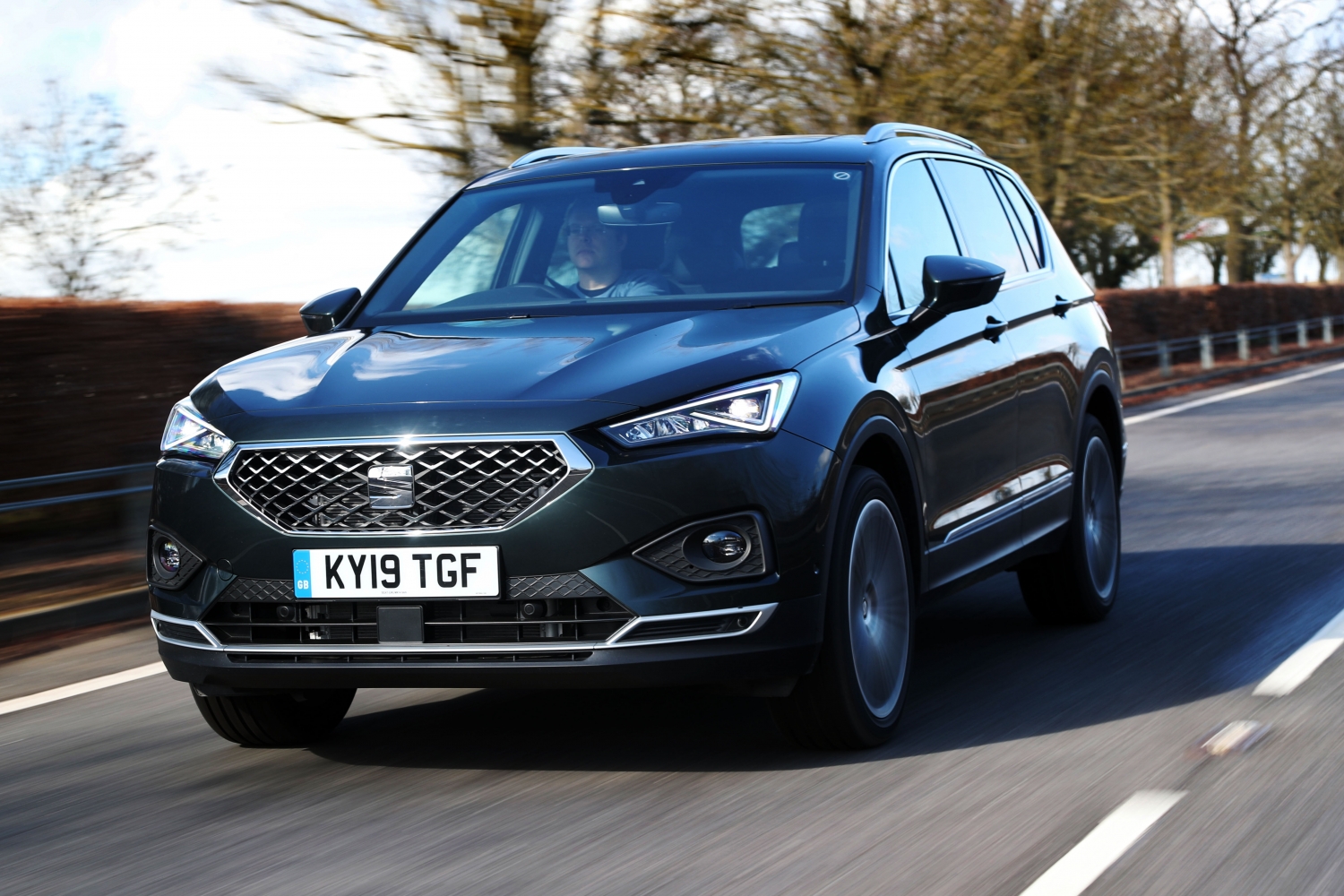
Sitting right on the cusp of our budget as new, the Seat Tarraco is the latest addition to the Seat family. It’s big, spacious and practical, with all the latest kit on board.
With prices starting just below £30,000, you might be able to haggle an entry-level model below budget, but you’re probably best to get a nearly new model with better equipment and only a few thousand miles on it.
Ford S-Max
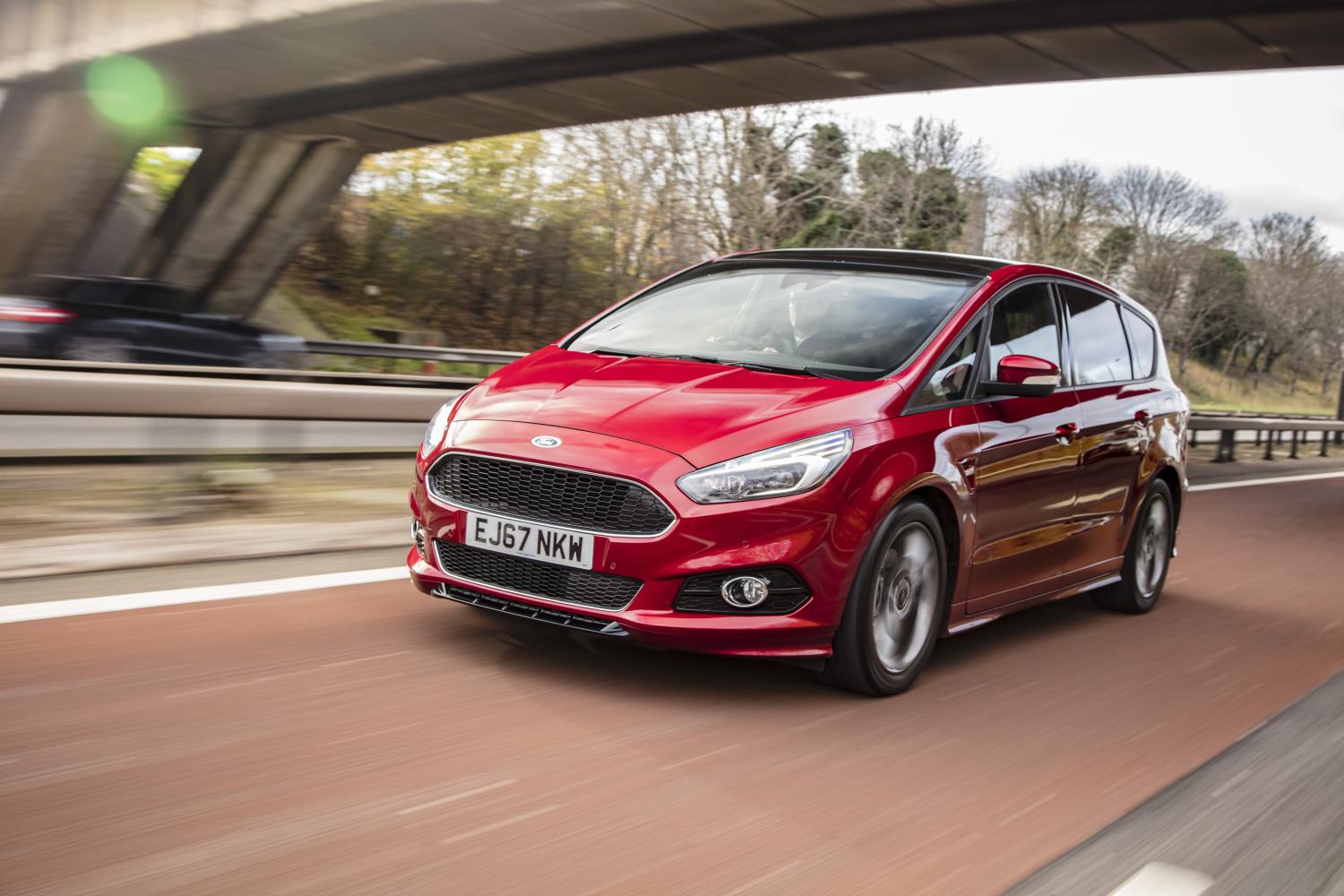
MPVs aren’t cool anymore, but don’t let that put you off the Ford S-Max. It’s truly massive and probably has the most cabin space of any model in this list. What’s more, it’s genuinely great to drive.
Like the Tarraco, brand new models start around £30k, but you can get well specified 2019 models comfortably within budget. If practicality is key, go against the SUV grain and get this MPV.
Citroen Grand C4 Spacetourer
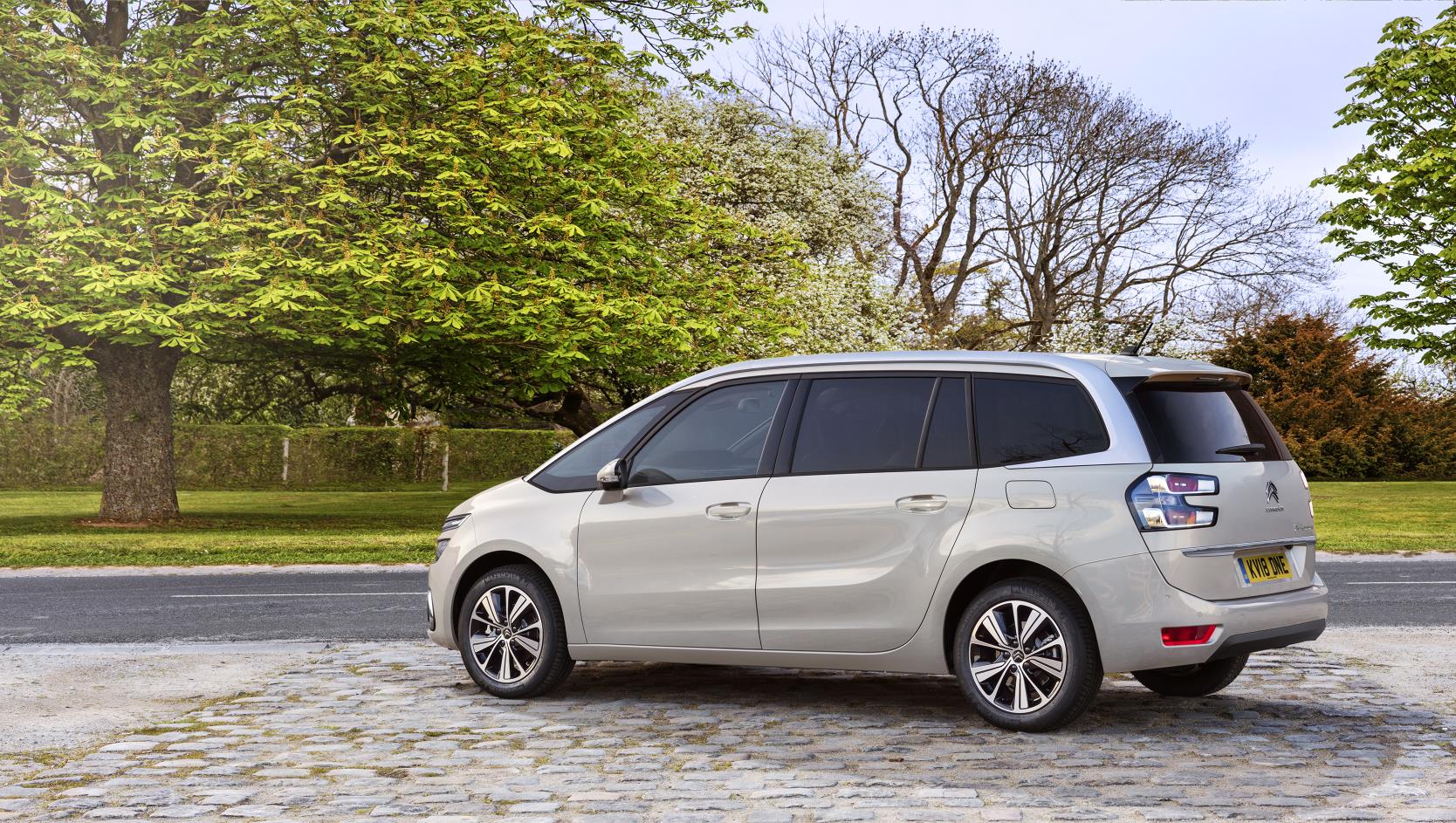
While we’re on the subject of MPVs, why not give this hefty Citroen a try. It’s got bags more character than the Ford and is incredibly comfortable inside – that huge windscreen makes it very light and airy.
Again, haggle an entry-level new model down and you won’t be disappointed, but we’ve spotted plenty of the top-spec Flair Plus trim levels available on the used market well within budget – and some just have delivery miles, too.
Skoda Kodiaq
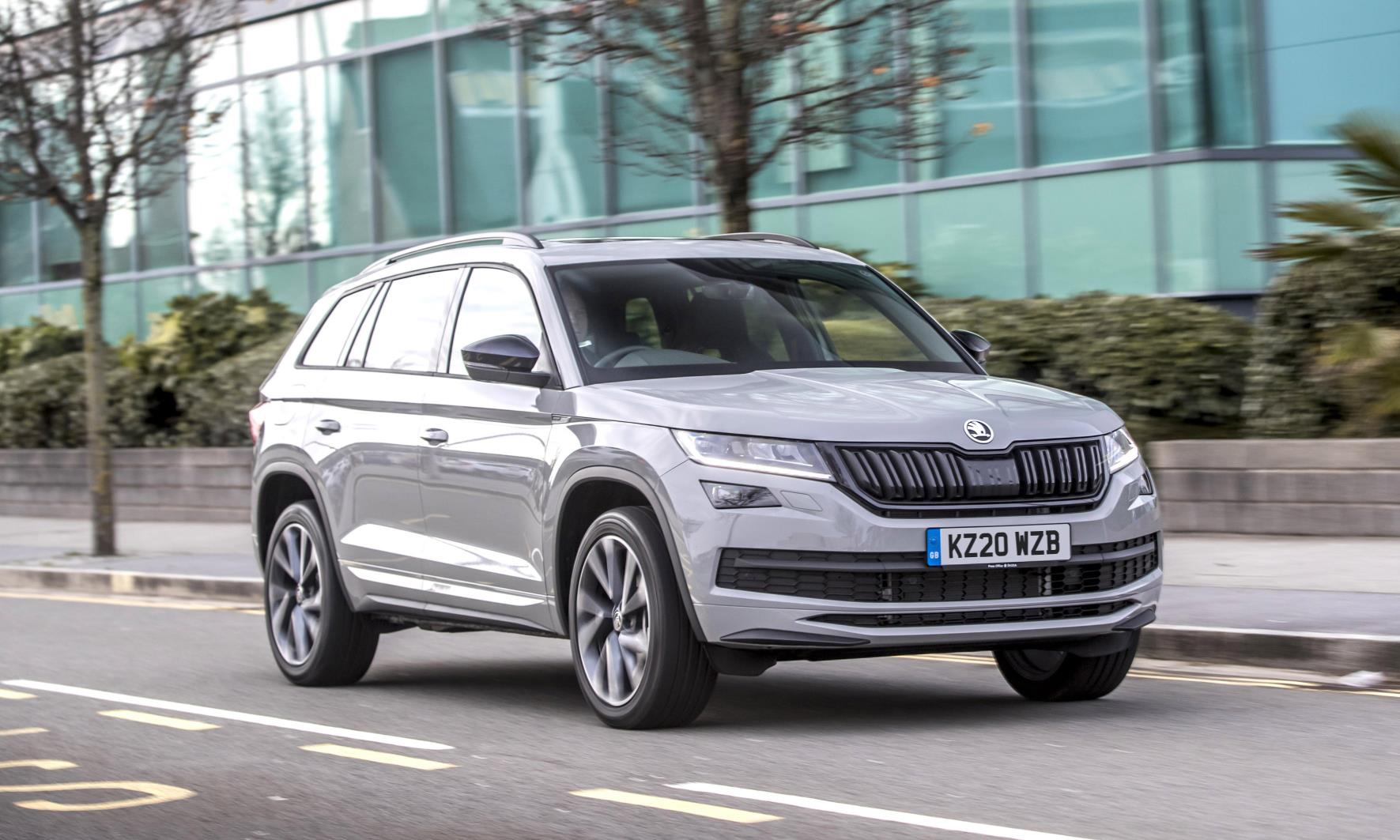
If you’re in the market for a smart seven-seater that provides excellent value for money, you could do a lot worse than the Kodiaq. It looks great, has a hard-wearing but smart interior, and has all the space you could need for the family.
It’s the least expensive new car here starting at about £26,000, which just reiterates what value for money you’re getting. Top-spec nearly new models are probably the most sensible choice in this list.
Kia Sorento
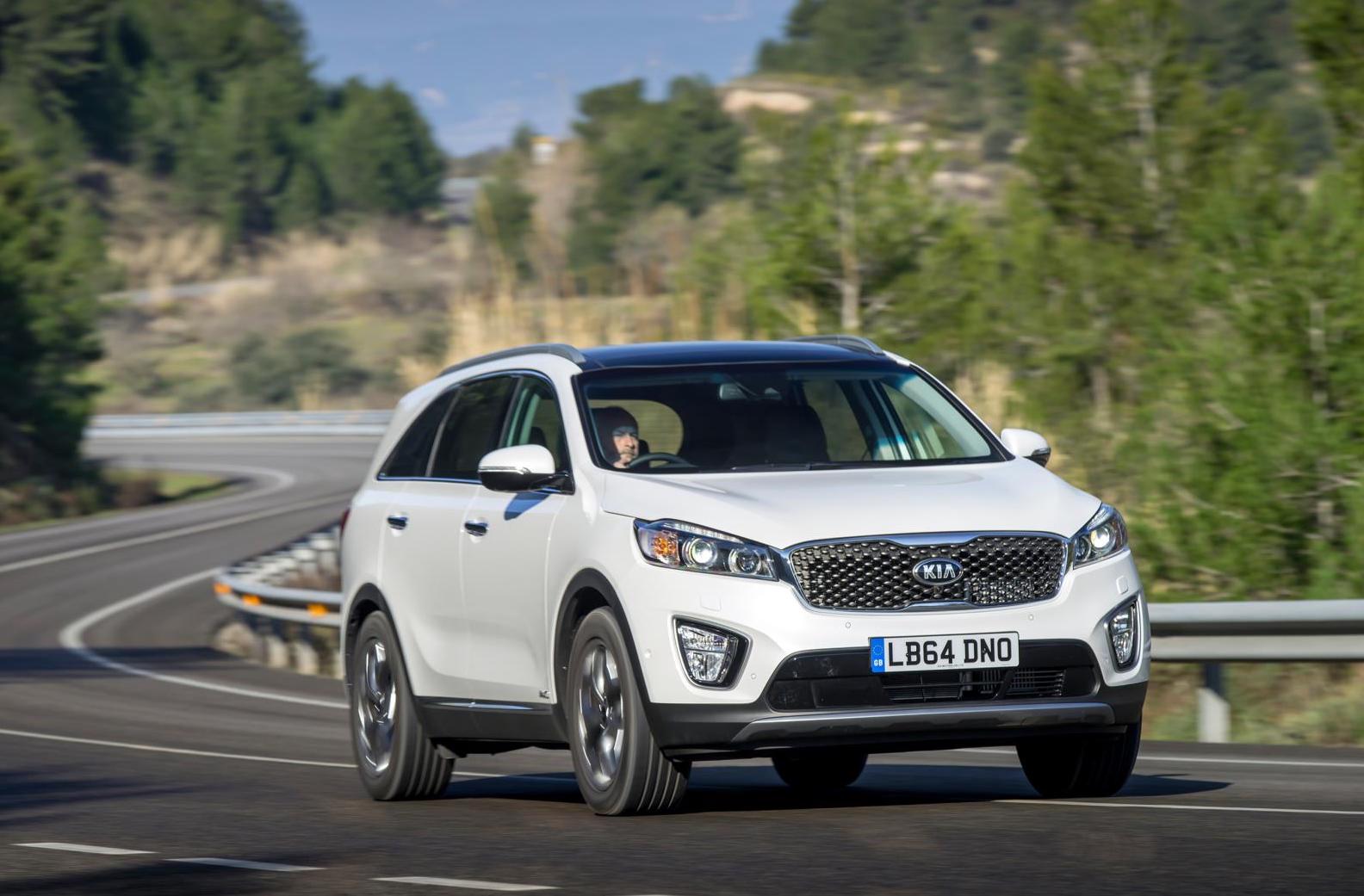
Kia has been on a bit of a roll in recent years, completely overhauling its bargain image to provide genuinely appealing mid-range cars. That’s especially true of the Sorento, which is a large, smart SUV that won’t break the bank.
Opt for one of the most recent diesel engines and it’s considered an ultra-low emission vehicle, saving you on running costs, too.
